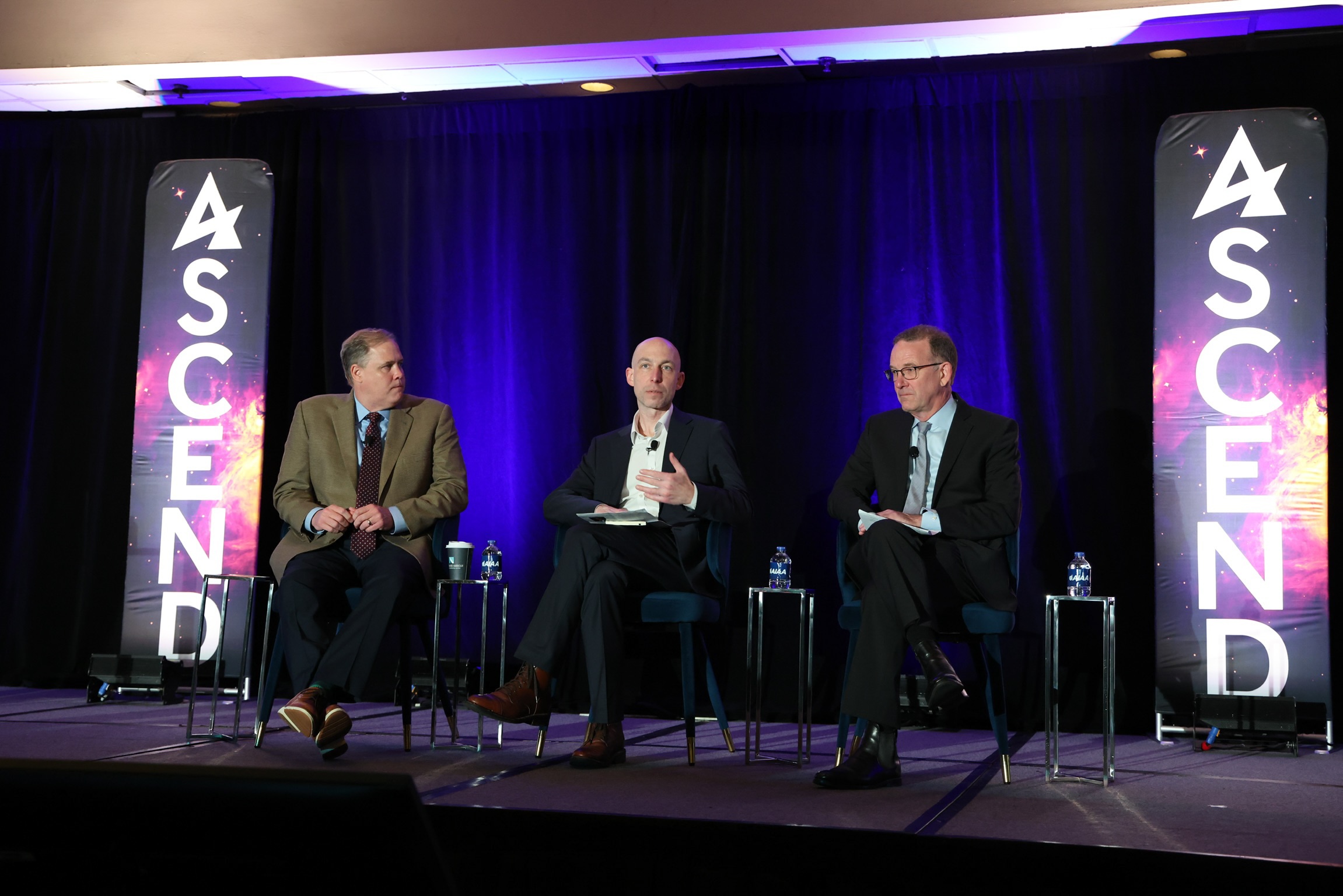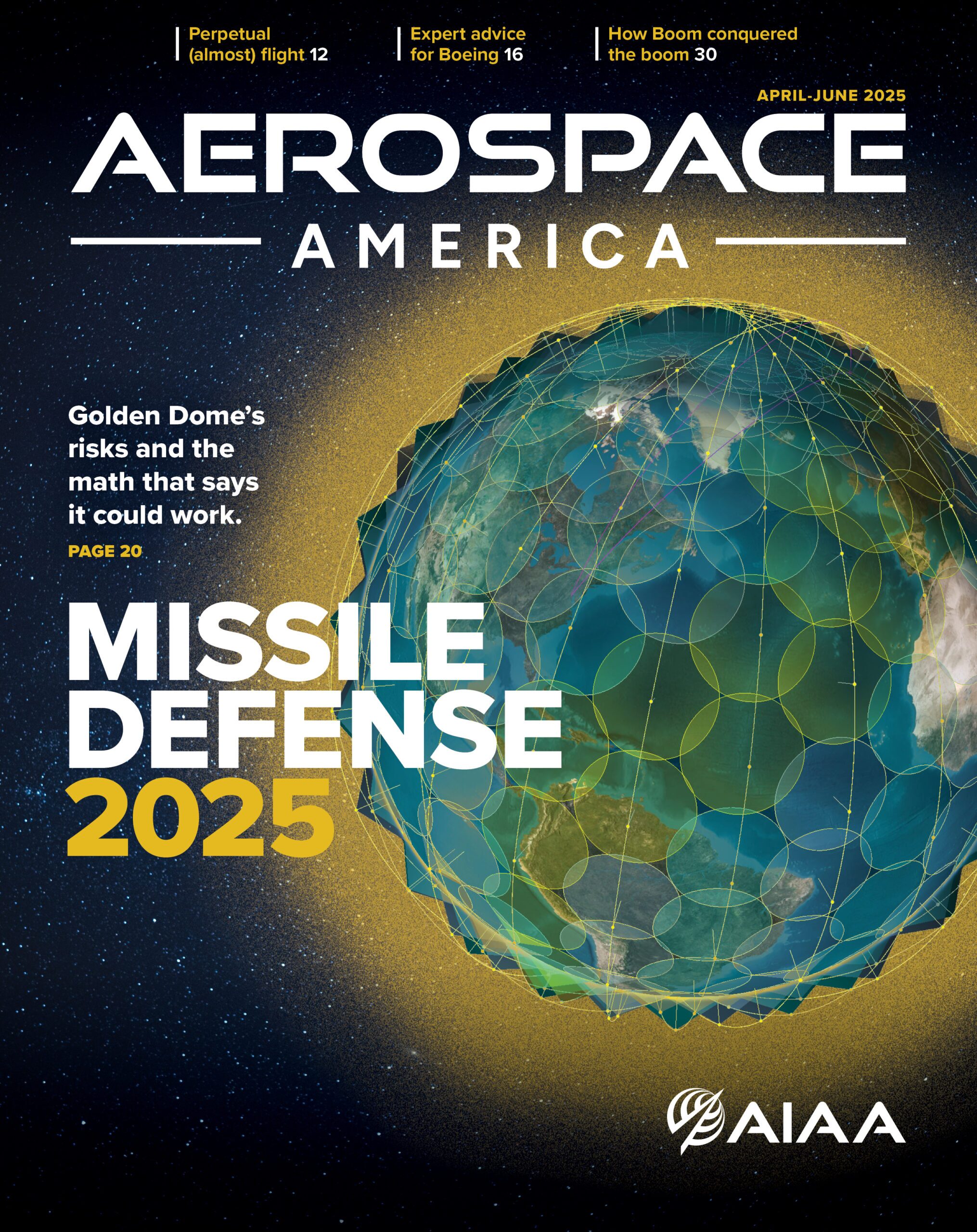The fourth annual ASCENDxTexas event convened over 450 industry leaders and local
stakeholders to discuss commercial LEO destinations (CLDs), state-backed industry support,
and the tangible hardware that make moonshots a reality—all with a Texas flair.
This unique one-track, one-room conference provided active networking and brainstorming opportunities with the 15+ CEOs and company presidents in attendance, as well as an interactive discussion where attendees provided anonymous feedback and concerns over critical topics in the industry. The proximity of the event to NASA Johnson Space Center (JSC) also afforded candid conversations with senior NASA leaders and the newly appointed NASA Acting Associate Administrator Vanessa Wyche.
“We stand at a point in time of opportunity, and I could not think of a more fulfilling theme than aligning stakeholders for giant leaps. I will say that the future is very bright,” Wyche stated in her opening remarks.
Discussing the Latest Topics, Opportunities, and Issues
The content—timely and relevant from critical industry leaders—as well as the format of this event were expressly designed to facilitate a path toward active outcomes in the local, national, and international space industries. Panelists discussed one of the hottest topics in technology—artificial intelligence (AI)—and commented on how AI is going to space with us. “When we go to space, we take everything we need with us—including information. AI will be a critical part of that journey,” said one panelist.
Another panelist added, “We conducted an experiment in the Western U.S. where a team was isolated for two weeks. We mapped their activities and envisioned AI-enabled tools for future explorers—like AR goggles providing real-time terrain mapping to enhance situational awareness on the moon. AI will ensure astronauts don’t step into hazards, especially when maneuvering in bulky gear.”
Top executives from the five leading companies building CLDs—Axiom Space, Orbital Reef, Sierra Space, Starlab, and VAST—were bullish on recruiting top talent.
“The job opportunities in space are not just for the space geeks. We’re welding stuff. We’re rolling metal. We have IT departments and HR departments and more.”
“I don’t think there’s a shortage of talent; you need a mix of people experienced in human spaceflight and people working on satellites.”
“Enrollment in aerospace engineering is up. SpaceX has made space really sexy again. You see NASA meatball shirts everywhere now. I think we’re in a really good place, and there are so many bright people who want to be involved in space—it’s fantastic.”
“As we all succeed, we will become magnets within the aerospace industry.”
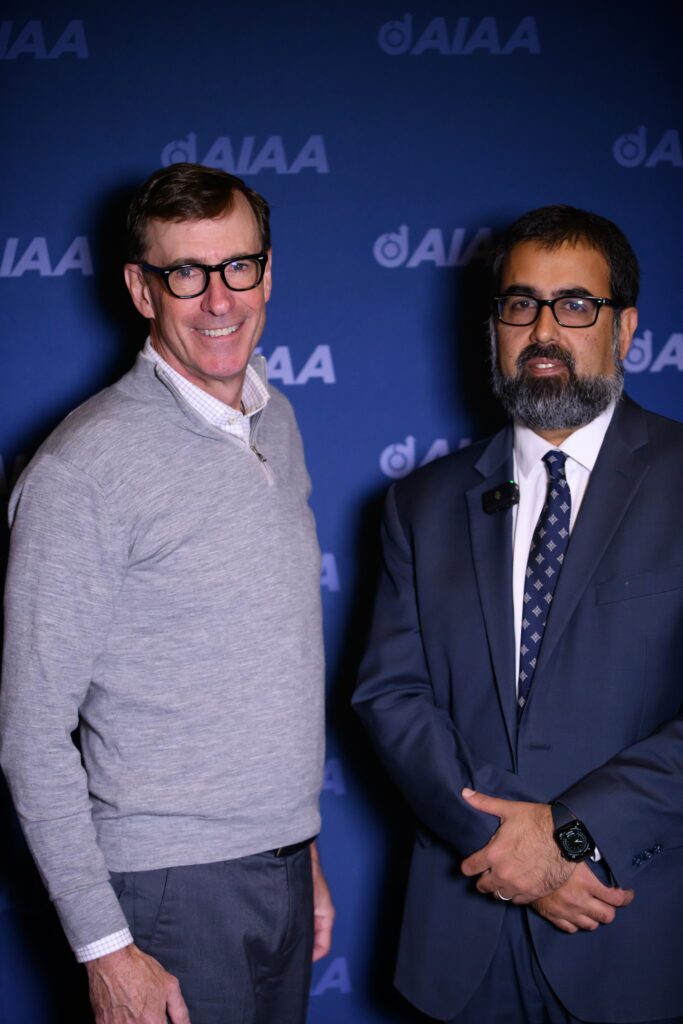
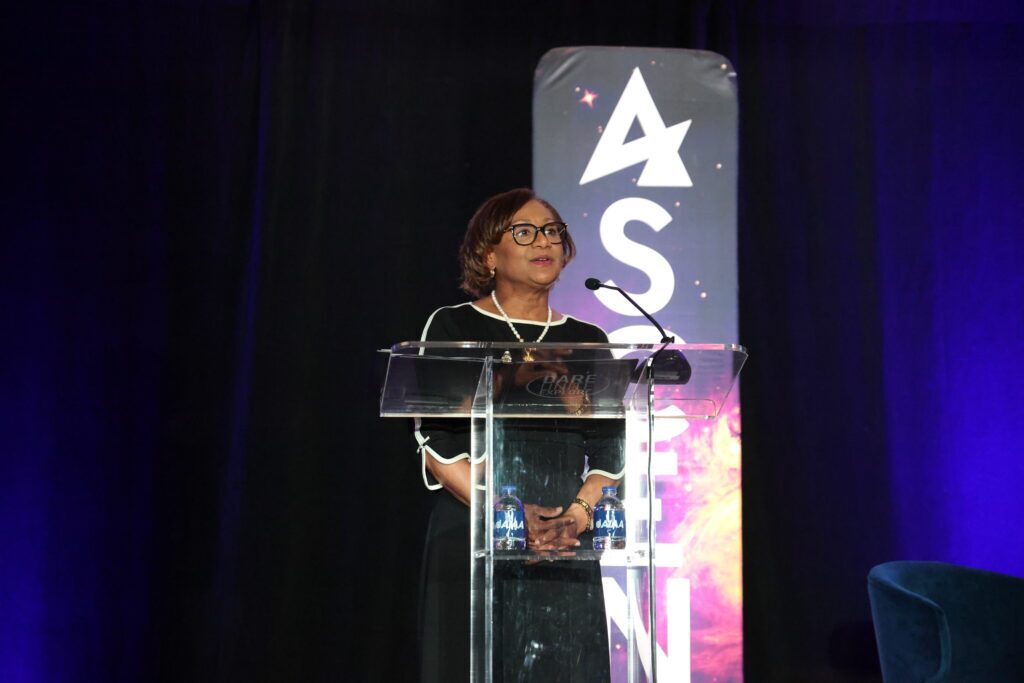
Mars Is the Goal
AIAA CEO Clay Mowry had the chance to talk one-on-one with Amit Kshatriya, NASA Deputy Associate Administrator for the Moon to Mars Program, who delivered one of three keynote addresses. Kshatriya shared his optimism for what the program represents for American competitiveness.
“What I really wanted to talk about to the team today is about all the amazing work that’s going on right now, and all the amazing work that has to happen in this industry. It’s the capacity in all the 50 states that are going to be used in all of our critical work in the coming century, which is going to be incredibly competitive. Really, what we’re doing is taking the people’s treasure and reinvesting it back in a way that can expand our capacity and our capability to do amazing things for the next 100 years.
“It’s very important for us that we not only have been the leader in global space exploration, we need to continue to be that leader. It’s about the way we do things, and we want that to be the light that shines on the world. For the countries that join us, they’re participating and every interaction I’ve seen with all of them has been ‘Wow, we just want to be a part of this,’” Kshatriya said.
He further shared his enthusiasm for getting to Mars. “Everything we’ve been doing, even in low Earth orbit, has been enabling Mars. For years on the International Space Station, we’ve been building life support systems and power systems and other really complicated things that we need. We’ve been building specified to a Mars-type design reference – three years of reliability, three years of capability, 98% of water reclamation, all of these standards. We have a commercial industry that can do reusable transportation in a lot of different ways. We have those learnings down now. We’re really ready to make the push. Mars has always been the goal. It’s extremely ambitious, but it can be done. I’m really optimistic that we can get there. It’s so exciting!”
Key takeaways from ASCENDxTexas include:
• The commercial lunar market is booming—from landers to lunar terrain vehicles to resource utilization.
• The aerospace supply chain is driving engineering innovation, delivering the tools, technology, and capacity to support the production of our engineering designs and dreams.
• We’re equipping the next generation to keep the United States competitive in space.
Next Giant Leaps
The closing speaker, Chirag Parikh, former Executive Secretary of the White House’s National Space Council, inspired attendees with a reference to the speech by the 1980 U.S. men’s Olympic hockey coach featured in the movie, Miracle. “Great moments are born from great opportunity. That’s where we are right now with respect to space,” Parikh observed.
As the event concluded, organizers agreed that with open communication, technical acuity, and the congenial atmosphere at ASCENDxTexas, the next giant leap started here.
Join us at this summer’s apex ASCEND event, 22–24 July, Las Vegas, to continue embracing the opportunities and addressing the challenges that come with increased activity in space.


